
Dec 22 2022
5 min read

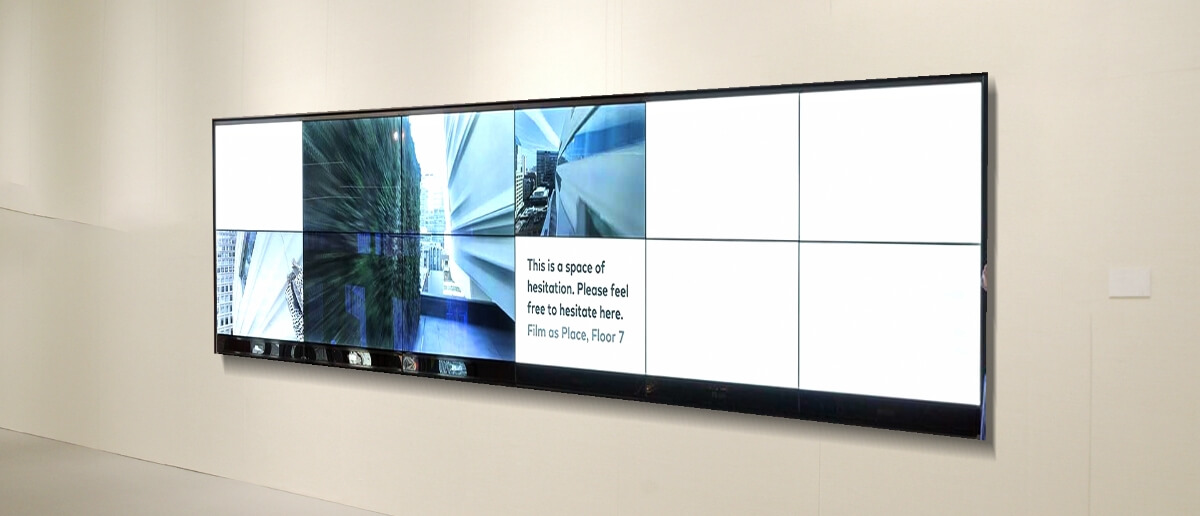
Sep
June 2018.
Dull days are a rarity in London, and today wasn’t one either!
Back to the city, which offers more than what you see on the internet or tour pamphlets, there is no surprise or exaggeration in saying that art runs through her arteries.
Walking down Cromwell after almost half a decade, I was headed for the jewel in the crown, the Victoria & Albert Museum, little expecting to be pleasantly surprised!
In quite an innovative move (my first seen at a museum), the newly opened Exhibition Road Quarter had introduced self-ticketing kiosks: screens where you could tap and swipe a few times to pay and print your ticket to the charming VAM!
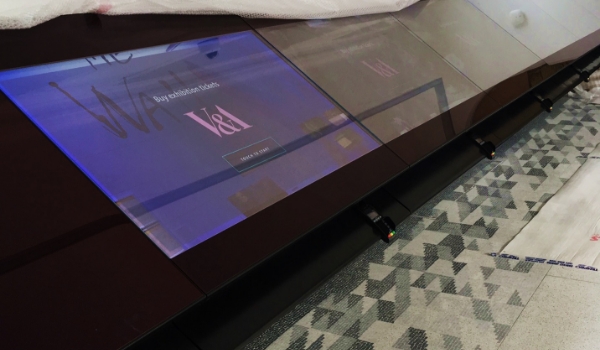
Digital signage? Oh, yes!
In today’s fast-paced life, with dynamism assuming greater importance, there is a growing tendency to learn about everything in a snap! And that’s the reason modern museums and galleries are turning toward digital signage.
Whether for conveying directions or summarizing a description of the exhibits, different types of signage colonize different corners of museums and art galleries. Let’s look at some of the ways digital signage can prove to be beneficial for museums.
There are many ways museums can use digital display boards to upgrade the visitor experience and simplify the day-to-day staff activities. Here are five such use cases:
1. Digital Welcome Board
Digital welcome boards serve multiple purposes besides just flashing “Benvenuti al Museo!” A screen management software can facilitate publishing a vast range of content, such as:
Presentations about the museum’s origin, its location significance
What to expect from the tour
The schedules of various shows, events & activities
Social media wall that to display all the online chatter about your museum (you can also use it to popularize your hashtag campaigns)
Information about services & amenities like accessibility initiatives, special courses, and workshops, tour guide contacts and more
2. Museum wayfinding signage
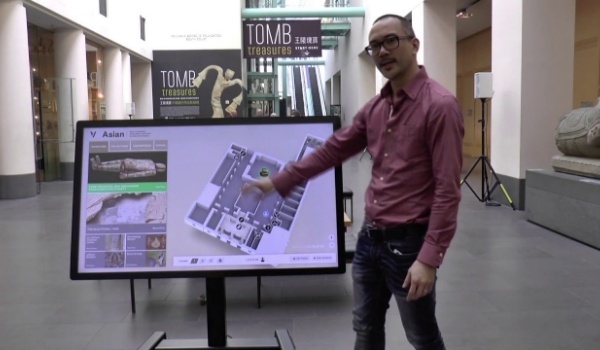
Museum display boards can double up as a super-easy wayfinding tool! Large spaces like museums and art galleries with multiple wings often confuse visitors and bump their experience.
Wayfinding screens near the entrance, lobby, staircases, and various ‘T’-points can show the layout of the building to ease up navigation.
Further, interactive 2D or 3D wayfinding displays can be rotated & zoomed in to give a near-real navigating experience.
Many museums also use QR code technology to allow visitors to download and follow their wayfinding maps on mobile devices. In fact, many modern-day digital sign software like Pickcel are equipped with QR code generator app.
Engaging exhibitions often combine several mediums to educate about a subject, and videos undoubtedly top the list.
The content shown on video walls can offer your museum visitors an immersive, out-of-the-world experience. But more importantly, it helps to increase the recall rate of the information being displayed, as 65% of people are visual learners.
4. Browse information on demand
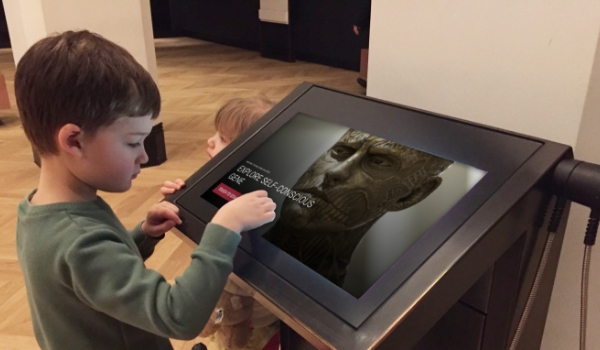
Museums can set up touch screen kiosks inside or outside the premises. The best part about such interactive information displays is that the visitors can consume knowledge at their own pace, only when they intend to.
For example, you are at a museum that houses the Egyptian Rosetta Stone and would like to know more about it.
With a digital information library on an interactive screen, you can learn about its origin, significance, age, and cultural relevance, at a glance.
5. Upcoming exhibits and call for donations
So, what might make visitors keep coming back? Of course, that new exhibit, art show planned for a week later, or a session by a famous historian on stories from the past!
Museums and galleries can use Digital Out-of-Home (DOOH) posters to publicize their events, announce new additions to the exhibits, and even show a few behind-the-scenes glimpses. Indoors, the same digital signage software can turn screens into electronic notice boards.
The museum management can also call for donations and showcase donor spotlights to boost fundraising campaigns.
The V&A came up with an 8-screen chic and video wall in early 2017, enabling visitors to purchase and print their tickets alongside compact and complete information about events and exhibits.
Each screen supports independent touch-sensitive foils under a protective glass linked with a computer, ticket printer, and card reader!
The museum, the first to fuse art with technology in the UK, attracted a lot of visitors and media attention.
When it comes to powerful storytelling through digital displays, the LA Museum of Holocaust indeed stands out.
At the Los Angeles Museum of the Holocaust, visitors can interact with the Memory Pool. In this multi-touch interface, you click on floating exhibits (memories) and learn about the holocaust victims. It highlights the images of people in their daily lives before the Holocaust, like going about socializing, interacting, and visiting places.
If there is no interaction with the pictures, they slowly fade away, representing these memories (and sometimes people) no longer exist post the carnage.
After some massive renovation towards the end of 2014, the Cooper Hewitt Smithsonian Design Museum threw open its gate with new digital installations to enhance visitors’ experience.
Several multi-touch high-definition interactive displays were used as a medium to communicate the Museum themes. Visitors could explore pieces of a design collection in the Collection Browser area before physically exploring more of the section!
Visitors could also learn about the history and architectural details of the building and understand the relationship between donors and objects in the display collection via screens with access to the People Browser area.
The Whitney Museum of Art in New York came up with unique wayfinders, digital screens with information on exhibits and donations, and a digital vinyl right in the lobby that doubled up as a donor wall.
The screens were placed at high traffic points such as: outside the elevators, entrance to the main gallery, and in coat check areas.
The cherry on the cake is that none of this made the museum lose its essence or rich cultural history; it only uplifted the finesse through modernity!
This is one of the best examples of museums engaging visitors through technology.
At the Cleveland Museum of Art, visitors could swipe through and interact with the artworks—blowup to view details or even rotate and view them from several angles!
Art lovers can use interactive displays to recreate historic paintings & artworks. There is also a fun facial recognition screen that matches your face with that of a figure in the museum’s collection.
One of the most attractive multi-touch e-displays is at Gallery One. The space near the museum’s entrance presents more than 4100 objects from museums worldwide on the 40-foot wall installation.
Believe it or not, the National Museum of the Republic of Kazakhstan in Astana is home to one of the largest digital signage installations in the world.
This display is embedded on the floor enabling visitors to view the museum’s history as it is played out from beneath their feet. The museum used 900 displays of 46 inches each for this installation, covering a total of approximately 5,560 square feet of floor area.
Besides, the surface is engineered with an anti-skid technique to showcase a brilliantly clear image free of scratches or reflections. The Hall of Nur-Sultan is equipped with giant LED screens that showcase the collection and navigate through the space.
In 2010, the Chicago Museum of Science and Technology created a Science Storm Exhibition where visitors could explore the principles behind natural calamities such as tornadoes, hurricanes, and lightning via digital displays.
In one of those interfaces, a digital display was used to experiment with the influence of water on fire. During this interaction, visitors could electronically manipulate a natural flame, vary the gas flow rate, and adjust the volume of water spray.
With this, young visitors, especially those in schools, could experiment and learn more about scientific phenomena.
There is more than one reason for interactive museum displays to gather all the buzz it has!
Now, if you thought this got to do with being tech-savvy, well then, it’s only half the truth!
Digital signage makes things more accessible to visitors. It enriches them with an experience that would want them to keep coming back!
Better queue management: Digital signage has been a multi-faceted tool for queue management for a long time. From e-tokens to ease of billing, a scan is all you need! These self-service kiosks not just simplify the process of acquiring passes but also reduce the perceived wait time.
Easy navigation: As I mentioned, museums can appear like a maze to visitors. Displays showing building maps and pinpointing various exhibition sections can make a huge difference.
Attracting more millennial visitors: Millennials are the digital generation who love interacting with screens. And museums constantly struggle to get their attention. When you upgrade your museums with technology, you will strike the right chord with them. After all, it is on us to keep history and art alive!
Futuristic storytelling: A story that engages all senses stays for a longer time than anything else! With the use of interactive digital displays, museums engage the visitors not just visually but in the form of touch and feel, an experience they are bound to remember.
Museums are no longer stuck in the past!
Gone are the days of reading through scrolls or not being allowed to touch artifacts. Digital signage technology has racked up a whole new museum experience.
The greatest misconception here would be that the pandemic caused museums to incorporate digital display technology. The truth is, electronic media has been there for the longest time (since as early as the mid-1980s). From a personal viewpoint, I feel that going digital would also help preserve some of the rarest artifacts. Interactive displays create the feels and experiences that were distant daydreams in earlier days.
The future of the past indeed is here!
Want to use screens to engage your museum & gallery audience?
Pickcel's digital signage CMS is the only software you will need. Manage all the content on your museum displays using a single platform.
Whether you want an interactive screen solution or customizations, Pickcel can help you.
To get a demo, contact our team.
Click on the button below to try out the Pickcel software on 2 screens for free (no credit card required).
Take complete control of what you show on your digital signage & how you show it.
Start Free Trial Schedule My Demo
Dec 22 2022
5 min read
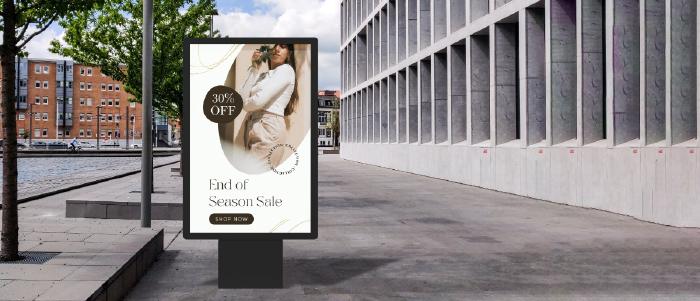
Dec 1 2022
10 min read

Nov 30 2022
9 min read

Nov 23 2022
6 min read